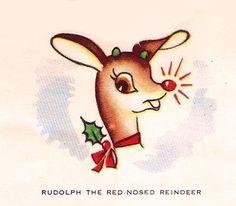
“‘Twas the day before Christmas, and all through the hills… The reindeer were playing, enjoying the spills.” Sound a little like The Night Before Christmas? Well, that was not an accident! Everyone was already quite familiar with Clement C. Moore’s story and its rhyming tale. So, the author of Rudolph’s story decided to “play” off of that familiarity. He was an ad-man, after all!
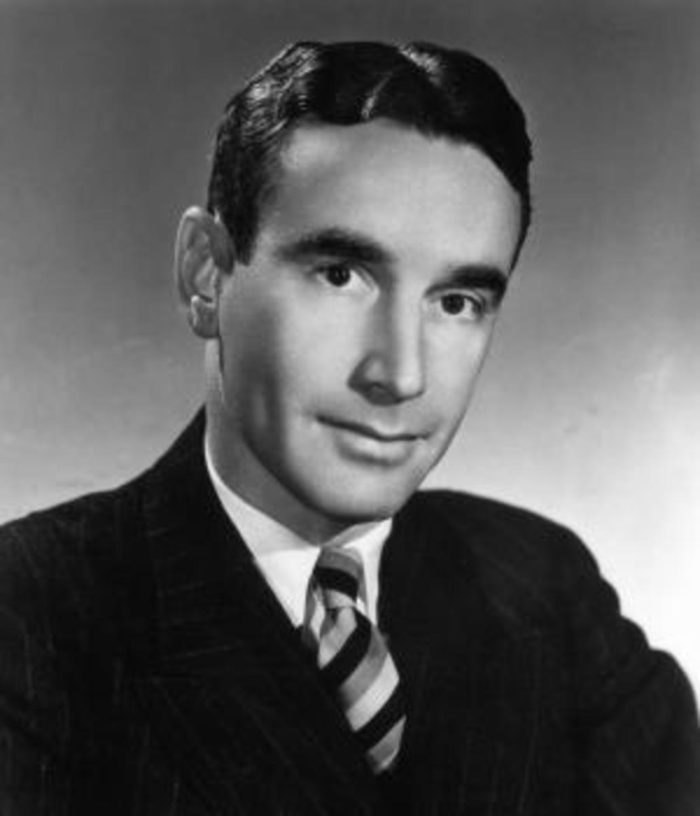
It was at the end of the decade-long Great Depression and 11 months away from the next Christmas holiday; but, Montgomery Ward department store was thinking ahead. They had been buying and giving coloring books away to children for years at Christmas as a promotional gimmick. Montgomery Ward decided it could most likely save money by developing its own giveaway book. They asked 34-year old copywriter, Robert L. May, to create just such a story. You see, he was known as someone who could make up a limerick on the spot; so, his bosses thought he was the perfect choice.
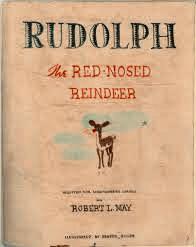
May’s job was personally a difficult one, not only because of the economic factors and the fact that Christmas was so far away; but, because his wife was struggling with cancer and the family’s bills were mounting. May really wanted to write the “great American novel”…not write ad copy for kids. He did, however, take on the project of writing an animal story related to Christmas. May wanted to make the main character an underdog, since he thought kids really loved and cheered for underdogs. Santa was not a problem. Everyone loved Santa! He thought a reindeer might be an idea since his daughter loved the reindeer at the zoo. When he presented his idea to his boss, his boss replied, “For gosh sakes, Bob, can’t you do better than that?” Well, he certainly did! He asked Denver Gillen, who worked in the art department, if he “could draw a reindeer with a big red glowing nose and make him look appealing.” He thought that might convince the boss. It worked!
It took May months to develop the story that he liked. He tried out several different names until he decided on Rudolph. In July of 1939, May’s wife died. His boss offered to hand off the project to someone else; but, May said, in later years, that HE needed Rudolph more than ever right then. May completed the story by August along with Gillen’s illustrations. Bob first read the story to his daughter and his wife’s parents. He could see in their expressions that the story had accomplished what he had hoped.
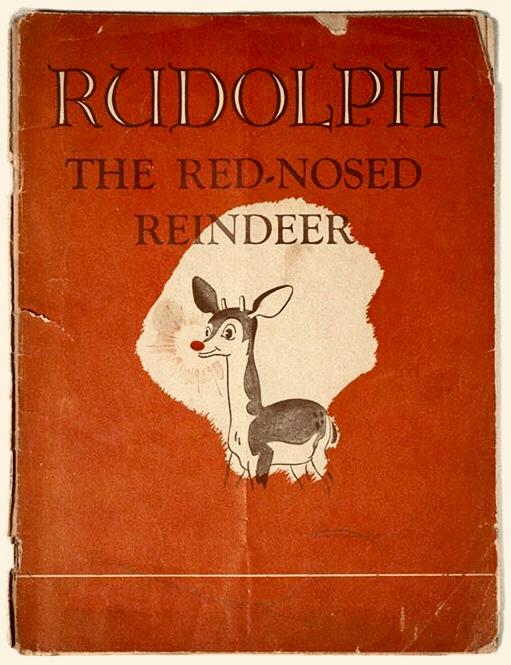
Montgomery Ward had high hopes for the 32-page illustrated booklet, which would be given as a free gift to any child visiting one of their 620 department stores throughout the country. They planned on an ad campaign in newspapers and circulars. It was thought that it would bring every one of its stores remarkable publicity and an unrealized amount of store traffic during the Christmas season. It did just that, and 2.4 million copies ended up in the hands of children everywhere.
Montgomery Ward’s Rudolph giveaway was a big hit during the 1939 Christmas season all across the country. The department store planned on printing another huge run of the booklet for the following Christmas; but, because of the paper shortage due to WWII, Rudolph was shelved until the war’s end. When Rudolph returned in 1946, he was more popular than ever and Montgomery Ward gave out 3.6 million copies of the book during the 1946 Christmas season.
During the time from 1940-1946, Robert May married again and became a father for the second time. During 1947, the Montgomery Ward Board of Directors, possibly because they didn’t see a long range future outside of Christmas for the red-nosed reindeer, signed the copyright for Rudolph over to May. Later, they probably wished they hadn’t done that! May quickly licensed a commercial version of the book along with a full range of Rudolph themed merchandise. Smart man!
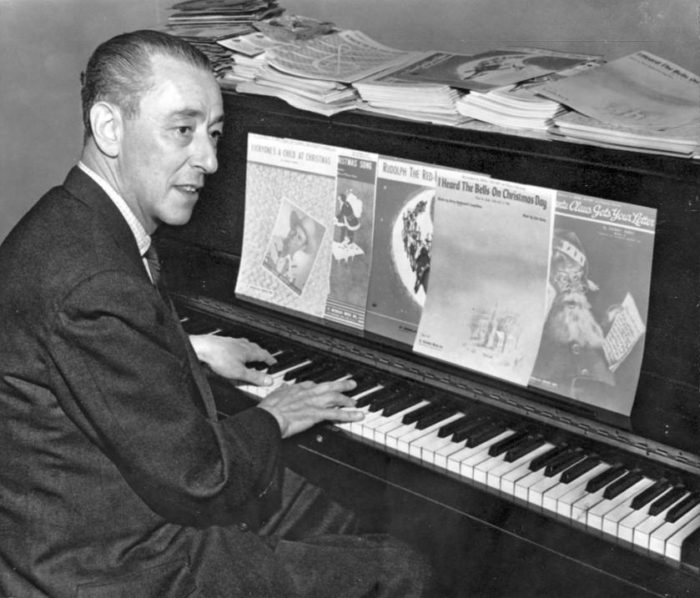
In 1949, Robert May asked his brother-in-law, Johnny Marks, a prolific song writer, to put Rudolph’s story to song. Bing Crosby was first asked to sing the new song; but, declined.
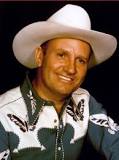
Instead, rising star and singing cowboy, Gene Autry recorded the song, which sold over 2 million copies in the first year. It remains, to this day, one of the best-selling songs of all time. In later years, Johnny Marks once said that he thought his Rudolph song might have been the worst song he ever wrote! Marks wrote other famous Christmas songs as well… “Rockin’ Around the Christmas Tree,” “A Holly Jolly Christmas,” “Silver and Gold,” and “Run Rudolph Run.”
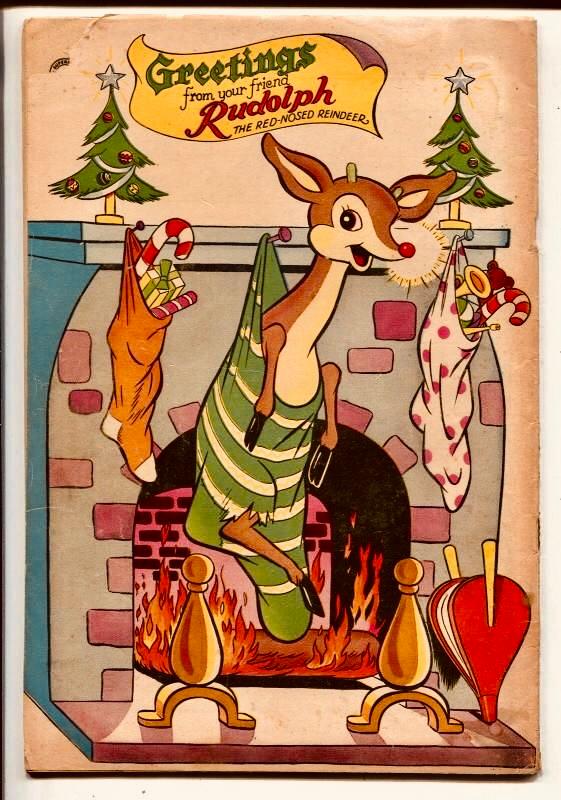
In 1948, May produced a short film of Rudolph. In 1964, Rankin and Bass produced the ‘stop-motion’ animation, using puppets, that all of us have enjoyed for years. It was aired on NBC on December 6, 1964 and has become the world’s longest running and highest-rated television special of all time!
Through all of this and down through 80 years, the story of Rudolph the Red-Nosed Reindeer has become a piece of modern folklore and an example of overcoming obstacles, embracing differences and recognizing potential in others and yourself. And as for Rudolph himself, well, you know… “He went down in his-to-ry!”
